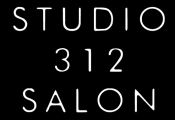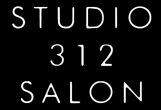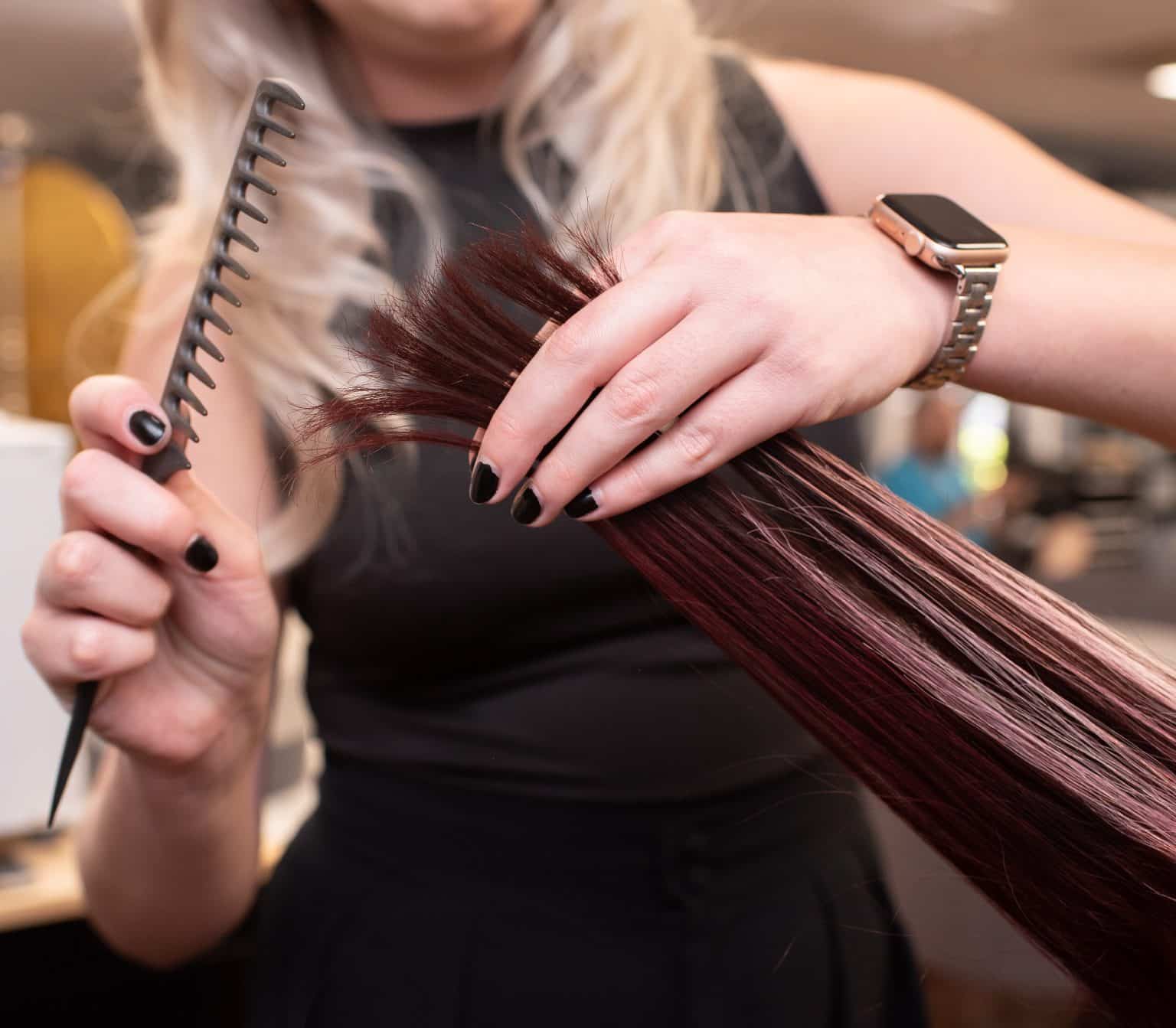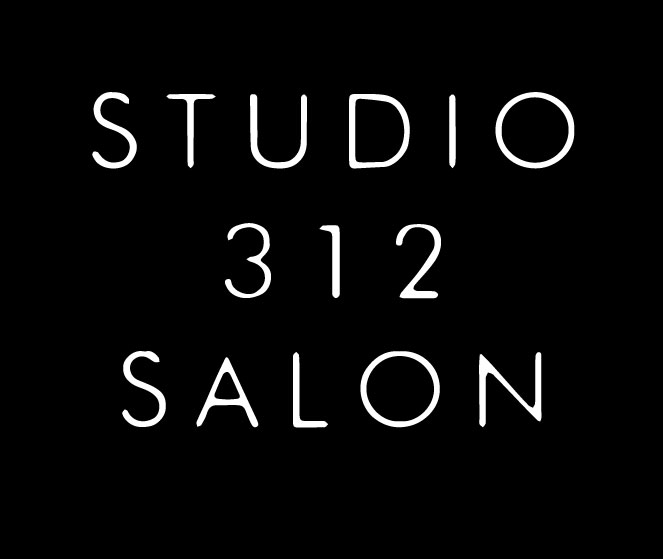Not all hair care is the same and that’s because not all hair types are the same. For those of us with fine hair, we can’t do the same styling or use the same tools and products as people with thicker, fuller locks.
But that’s OK! Here at Studio 312 Salon, we believe all hair is beautiful and we know just how to treat every person’s unique hair type and style.
Fine hair is more delicate and fragile, so caring for fine hair needs to be just as gentle. Read on for our tips on how to care for your fine hair.
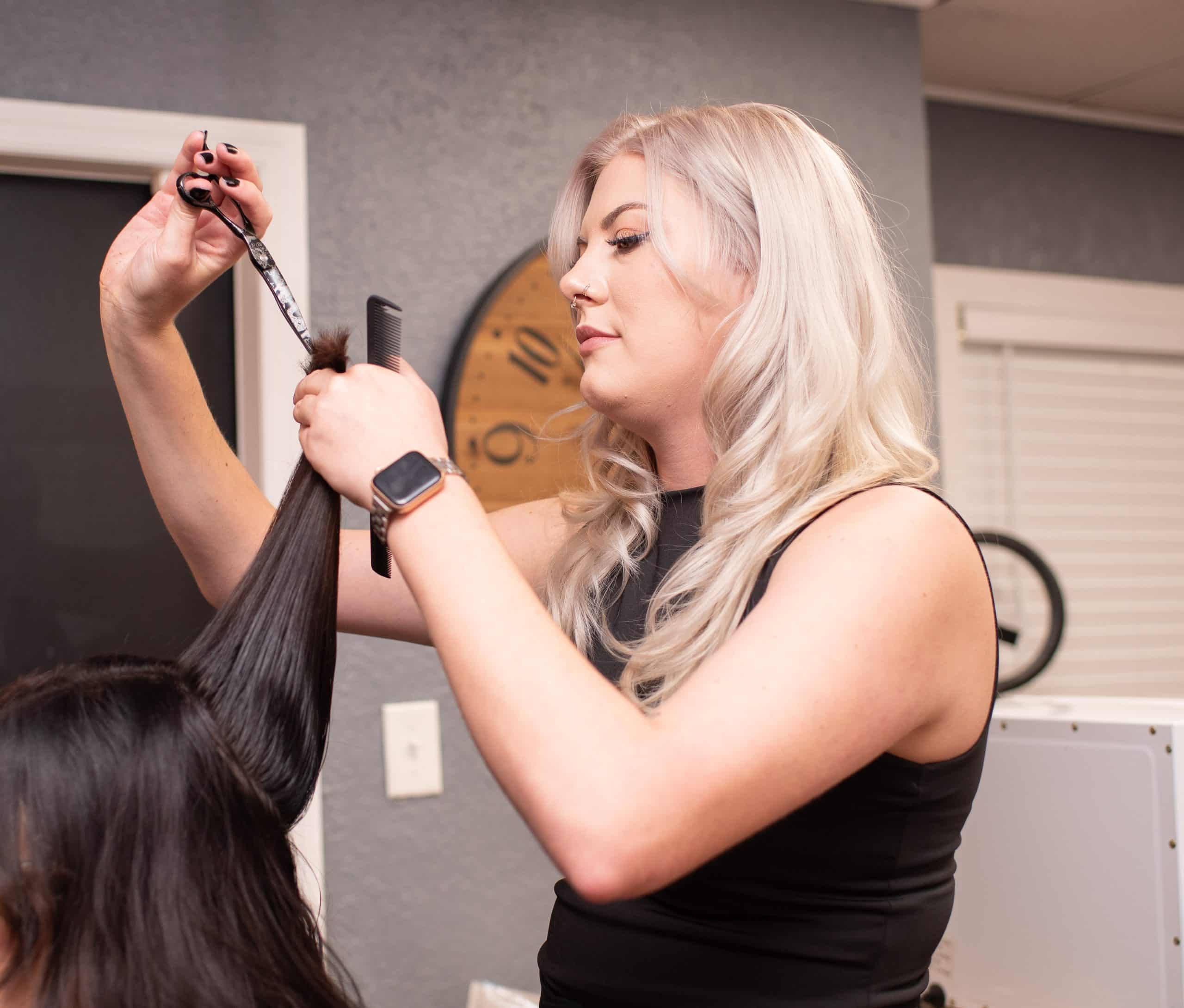
What Is Fine Hair?
Before we discuss products for fine hair, let’s talk about what exactly fine hair is. How do you know you have it?
When you have fine hair, it means your individual strands have a smaller diameter or thickness compared to other hair types, such as coarse or medium hair.
When your stylist says your hair is fine, they are describing the size of each individual strand, not the density of hair follicles on your scalp.
Fine hair can vary in density, meaning you can still have lots of hair, but each individual strand is quite thin. Because of this, fine hair is more susceptible to breakage and limpness, and certain hairstyles won’t hold as well.
Don’t let this lead you to believe only straight hair can be fine hair. Curly hair can be fine too (and that’s why getting a personalized curly cut is always a smart move!)
Fine Hair vs. Thinning Hair
Fine hair is often mistaken for thinning hair, but they are not the same thing. If you have fine hair, that’s simply how the hair is growing out of your head, and it pertains to your individual hair strands.
Thinning hair, on the other hand, is the reduction in the overall density of the hair on your scalp. If you’re seeing more patches of skin around your hairline, your part, or anywhere on your scalp, it’s a sign of thinning hair, not necessarily fine hair.
What Causes Hair Thinning?
Hair thinning and fine hair can be caused by genetics, but there are other factors that can affect it as well.
Aging, hormonal changes—particularly after pregnancy—health and nutrition, medications, and even environmental factors can all contribute to fine hair.
Your personal hair care practices can also play a part. Using excessive heat or chemical treatments and wearing ponytails only exacerbate fine hair problems.
If you notice excessive shedding, a widening part, or your hair is tangling and breaking more easily, ask your stylist to assess your hair.
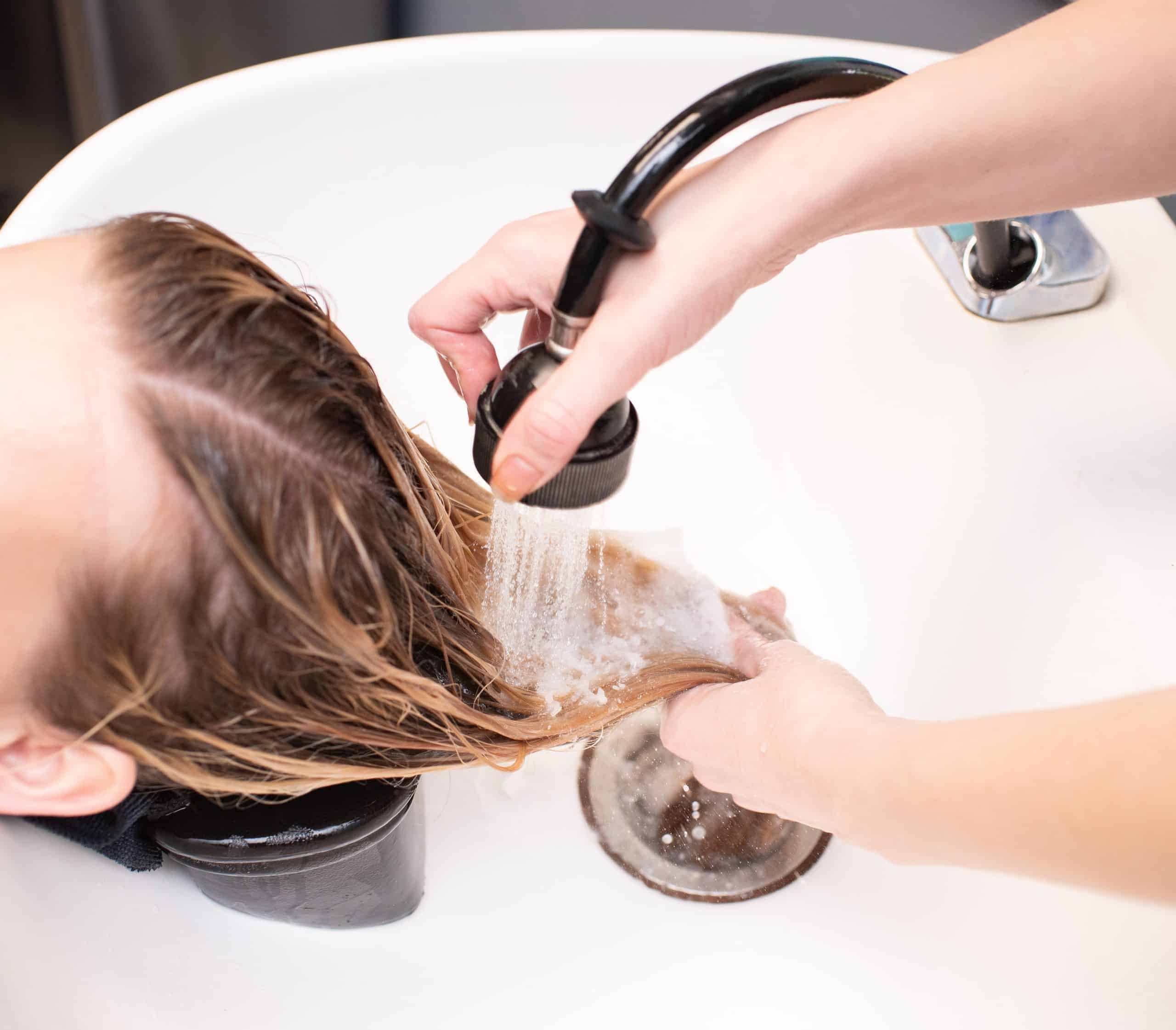
Best Shampoo for Fine Hair
Fine hair tends to get greasy pretty quickly, so on average you should be washing your hair 3-4 times a week. Everyone’s hair density, hair texture, and lifestyles are different so ask your stylist how often you should shampoo. But don’t just grab the drugstore shampoo!
When it comes to fine hair products, the best ones to use are ones that won’t weigh your hair down. With fine hair, you want to use volumizing products to give the illusion of thicker, fuller hair.
Clarifying shampoos will also help reduce product buildup and excess oils that make your hair heavier and flatter. Protein-enriched shampoos are also great for fine hair because they can help prevent breakage and split ends.
Look for products with biotin and amino acids in the ingredients, as these will protect both your scalp and your strands. Root powder and dry shampoos can also help absorb the oils in between washes.
When it comes to conditioner, don’t use anything too heavy, as it will leave buildup and weigh down your hair, and be sure not to use more than the recommended amount.
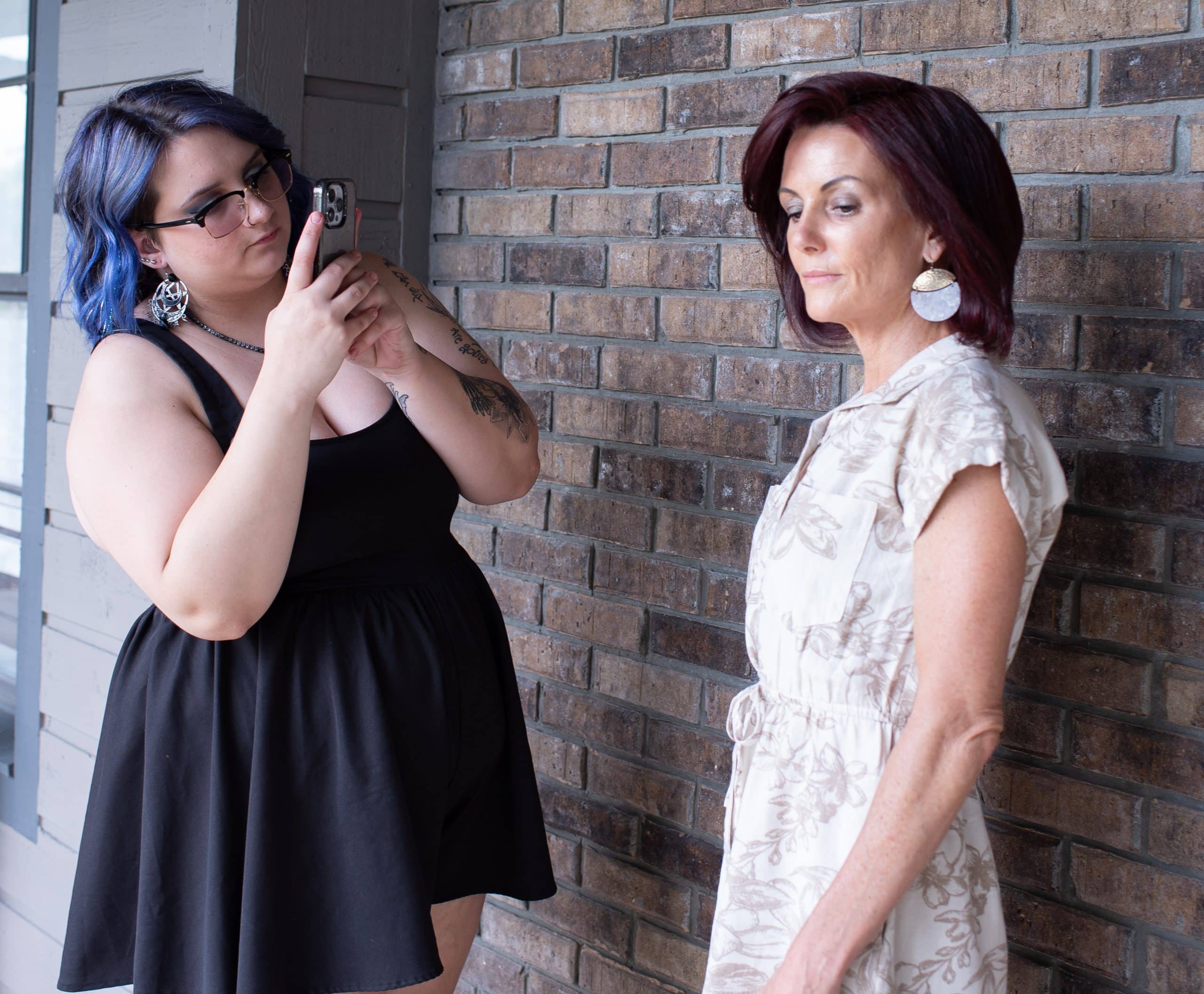
Best Hairstyles for Fine Hair
You can still get the look you want with fine hair; you just might need to go about it in a different way.
Layers take away volume, but face-framing layers can work as well as longer layers. A wavy lob (long bob) adds texture to make the hair seem thicker and the shorter style doesn’t weigh your hair down.
If you want to go even shorter, a pixie cut is great for fine hair (not to mention very easy to care for).
Messy waves will add the illusion of thicker hair and if you love bangs, opt for wispy bangs rather than heavy.
When it comes to styling your hair, half-up styles—especially when backcombing around your crown—add tons of volume. A blowout can also increase volume, but make sure you use a heat protectant and don’t have the heat setting too high. You can flat iron your hair as well, but turn the heat to its lowest setting.
Whenever you’re styling your fine hair, make sure you’re not putting too much pressure on your scalp or hairline. So no tight ponytails, and definitely don’t use rubber band hair ties that will pull out your hair. It’s scrunchies all the way.
With fine hair, it’s also important to switch up your part every now and then. A deep side part or a jagged part can really change the look of your locks.
You can still color your hair and get extensions with fine hair. In fact, something like balayage can actually add the illusion of more volume.
Just be sure you’re consulting with a trusted stylist who does a thorough assessment of your hair. That way you know they’re using products that won’t increase your hair’s fineness and will maintain the health of your scalp.
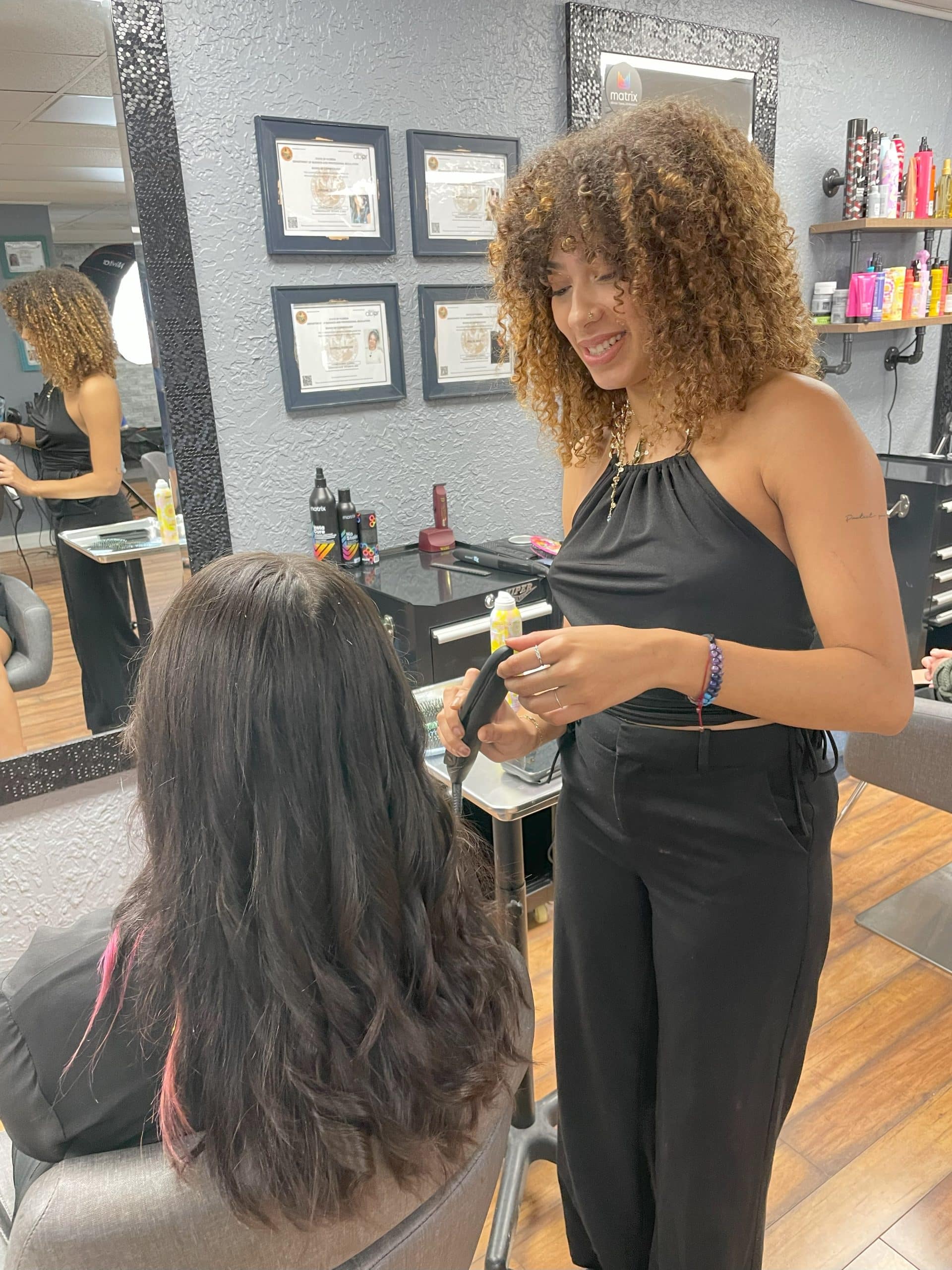
Get Your Best Hair from Studio 312 Salon
Your hair is your crown and we want you to wear it proudly! Our goal is to provide you with a completely customized and blissful experience when you book an appointment with us.
We’ll always perform a complete hair assessment before any treatment and educate you on the best ways to care for your hair in between appointments as well.
So whether your hair is fine, thin, or too thick to handle, come to our Oviedo hair salon, and unlock your hair’s potential!
